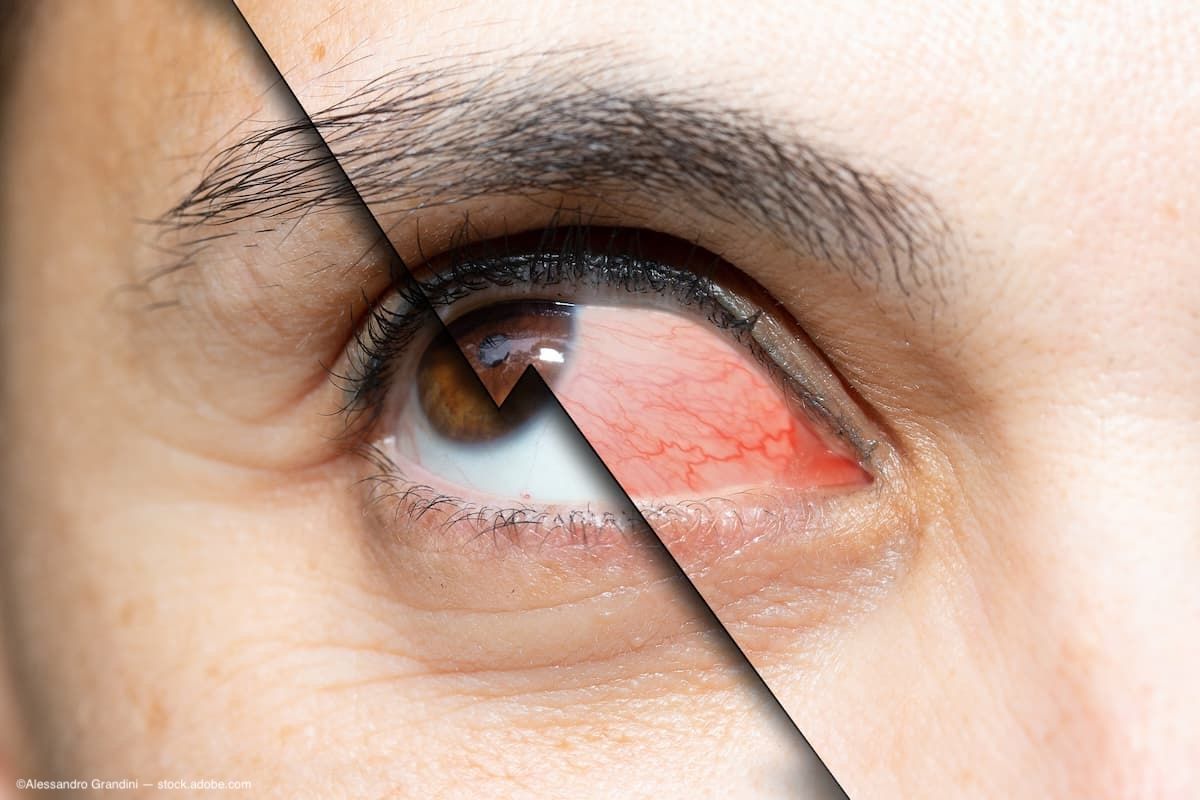Article
Preoperative OCT personalizes cataract surgery in difficult cases
Optical coherence tomography (OCT) (Visante, Carl Zeiss Meditec) performed preoperatively in patients with very low anterior chambers who are undergoing cataract surgery improves the safety of the procedure. OCT allows surgeons to modify the surgical strategy. In addition, use of double filling with cohesive and dispersive ophthalmic viscosurgical devices (OVDs) can preserve the surgical space, according to Barbara Kusa, MD.
Optical coherence tomography (OCT) (Visante, Carl Zeiss Meditec) performed preoperatively inpatients with very low anterior chambers who are undergoing cataract surgery improves thesafety of the procedure. OCT allows surgeons to modify the surgical strategy. In addition, useof double filling with cohesive and dispersive ophthalmic viscosurgical devices (OVDs) canpreserve the surgical space, according to Barbara Kusa, MD.
"Cataract surgeries will be highly personalized to the individual patient within 5 years," saidDr. Kusa, who is affiliated with the Centro Microchirurgia Ambulatoriale, Monza, Italy.
A total of 42 eyes were included in this study. In these eyes, the anterior chamber depth wasless than 2.4 mm. All eyes were double-filled with a proprietary viscosurgical device (Healon5,Advanced Medical Optics [AMO]). Despite this careful technique, there was a four times greaterloss of endothelial cells in these eyes, Dr. Kusa reported.
"[This] OCT provides us with a precise measurement of the anterior chamber depth, measurementof angle width, and the corneal thickness," she said. "In patients with an anterior chamberdepth less than 2.4 mm, we modified our surgical strategy and maintained the space withrepeated injections of [OVDs, (Healon and Healon5, AMO)]."
Within 3 months after surgery, the mean anterior chamber depth increased by 63%. In all eyesthe angle opened by 141.6%. IOP also decreased by a mean of 21%.
"Examining patients with OCT before surgery can avoid complications," she concluded. "Use ofOCT technology and double-filling with [OVD] improves results, decreased complications indifficult eyes."
Newsletter
Don’t miss out—get Ophthalmology Times updates on the latest clinical advancements and expert interviews, straight to your inbox.




